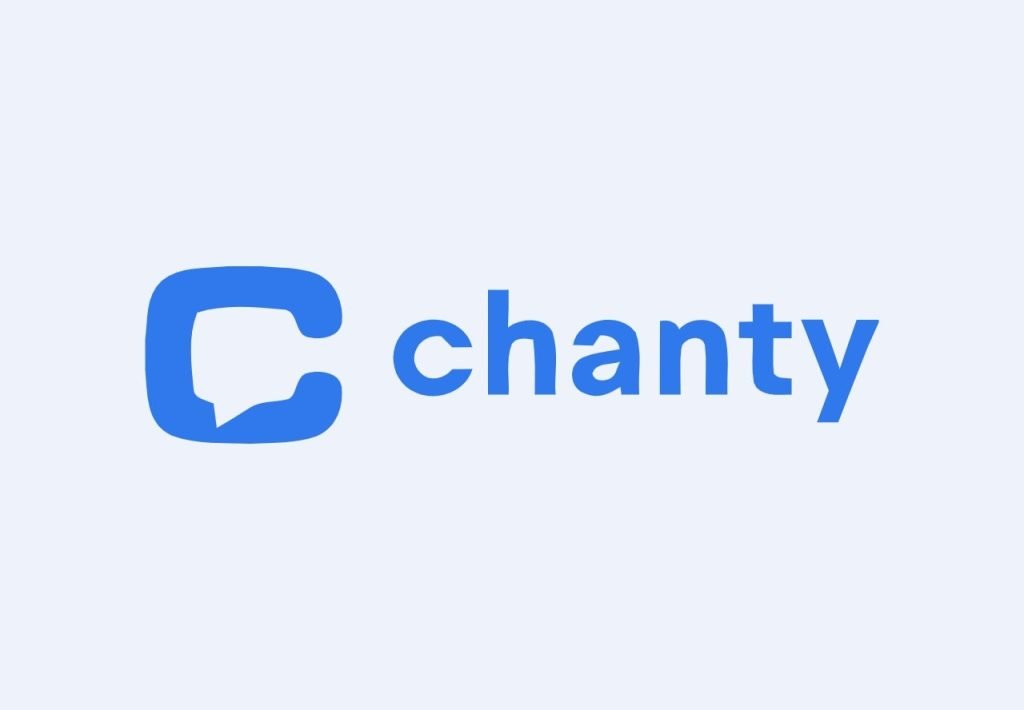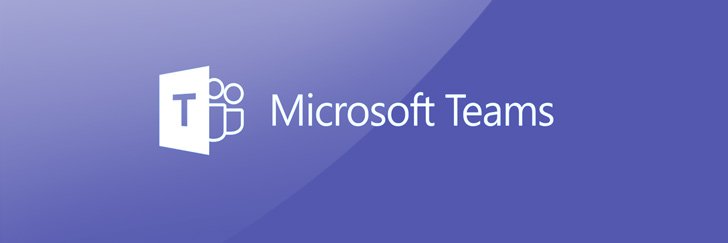When you are part of a team of two or three at work, your roles and responsibilities are clear to all. Team communication is quite effective and simple, too. Syncing up with a larger team gets far more complicated as the company grows. Group communication gets chaotic and difficult to control. You can use some of the best team communication tools to increase the productivity of you and your team.
Best Team Communication Tools
1. Chanty

Chanty is one of the best team communication tools, featuring a clean UI (user interface) and intuitive UX (user experience). This makes it a great option for all kinds of teams, even those who need to be more tech-savvy.
Chanty provides an unlimited messaging history. You can engage in public communications, private and one-to-one conversations with your colleagues by text, audio/video calls, and voice messages. Any message can be effortlessly turned into a task and allocated to any team member.
Chanty also provides an exclusive concept of ‘Teambook’ that manages all your communication. If you feel your chat at work is becoming hard to find, you will certainly like Chanty, where it is easy to find anything.
2. Slack
Slack is one of the most widely used team communication tools across startups and enterprises. It organizes all your conversations into channels, allowing teams to keep discussions focused by topic, project, or department instead of scattered across endless email threads. Every channel can host text messages, file sharing, audio and video huddles, and app integrations—all in one place.
Whether your marketing team is reviewing campaign assets or your developers are sharing code snippets, Slack’s searchable message history and pinned posts make it easy to find past decisions instantly. Slack’s free version includes limited history and integrations, while paid plans start at about $7.25 per user/month.
3. Brosix IM
This one is a team communication tool that concentrates on private and fully administrable team networks. Brosix strives to offer an all-in-one collaboration package that provides various features like audio and video chat, P2P (person-to-person) file transfer, dedicated chat rooms, and screen sharing.
Special attention is given to safety and privacy on Brosix’s private networks, with end-to-end encryption of all communication channels and organizational control over who joins the network. This makes Brosix a viable option if you are searching for a team communication tool with a high level of security.
4. Windstream Enterprise OfficeSuite UC
If your employees are always on the go, OfficeSuite UC offers a 100% cloud-based UCaaS (unified communications as a service) system that is entirely accessible anytime, anywhere. As well as audio, web, and video conferencing, OfficeSuite offers free nationwide calling, toll-free phone service, and digital faxing.
It also offers helpful mobility features: mobile twinning, which makes all incoming calls ring your landline and mobile phone at the same time; hotdesking to allow incoming and outgoing calls from any phone; and virtual voicemail, letting you receive notifications and messages from any phone, online, or by mail.
5. Microsoft Teams

Microsoft Teams, which comes as a part of the Office 365 package, is a team communication tool crafted for enterprises. With its robust yet not very instinctive functionality, MS Teams offers quick chat, audio/video calls, and useful combinations with Microsoft Office 365 tools.
6. ClickMeeting
For businesses that frequently host many webinars, ClickMeeting has many tools to help you set up and run an excellent presentation. You can improve your webinar in advance with your branding, slideshows, and screen sharing. You can make personalized invitations and registration pages to invite everyone you need into your webinar room.
During the presentation, you can add features like polls and use a Q&A chat tool. Plans (billed annually) start with a 25-attendee tier; exact pricing and storage depend on the current offer/region—verify on ClickMeeting’s pricing page.
Read More: 8 Employee Advocacy Tools To Boost Social Media Reach
7. Google Meet
Whether you have to make voice or video calls or chat and send multimedia messages, Google Meet is the kind of collaboration tool that makes all kinds of communication among employees effortless, not considering team members’ locations and devices.
Google Meet is part of Google Workspace (formerly G Suite). Workspace editions include dial-in/dial-out; calling the U.S./Canada is available at no extra cost for supported editions; live streaming is available only on select plans. Users who don’t have a computer or an internet connection can dial in with an exclusive meeting phone number.
The Business Starter pack starts at $6 per user per month and offers a custom business email address, 100-participant video meetings, 30 GB of cloud storage per user, and regular support. Higher service packages are also available, with upgraded features to support the higher price.
8. Zoom
Zoom is an enterprise-level, all-rounder collaboration tool with a little business price tag. It came to light during the COVID-19 lockdown that swept the world. As a tool, it was prepared to meet the occasion with video and web conferencing solutions, plus cross-platform instant messaging and file-sharing utilities.
It lets users organize online meetings, like one-to-one video conferences, boardroom meetings, training, webinars, and marketing events. A developer option is available to incorporate Zoom features like video, voice, and screen sharing with apps your business already has.
Free (Basic) supports up to 100 participants with a 40-minute limit. Pro/Workplace plans start around the mid-teens per user/month—check Zoom’s pricing page for your region.
Importance of Communication Tools
The significance of communication tools in today’s workplace cannot be undermined. They are nothing short of a prerequisite. From various communication apps to well-being software, communication tools respond to the ever-expanding horizon of requirements expressed by modern-day employees.
No longer is it enough to offer a financial incentive in exchange for service and loyalty to make people want to work for a company—they need to feel motivated, connected, and engaged. The dependence on communication tools nowadays is a reflection of the situation.
They are a modern-day mixture that mends the traditional functionality of intranets/extranets with new high-tech employee solutions. Used by various businesses, enterprises, and corporate bodies globally to help operate across various things. The best team communication tools have entirely redefined the world of work forever.







